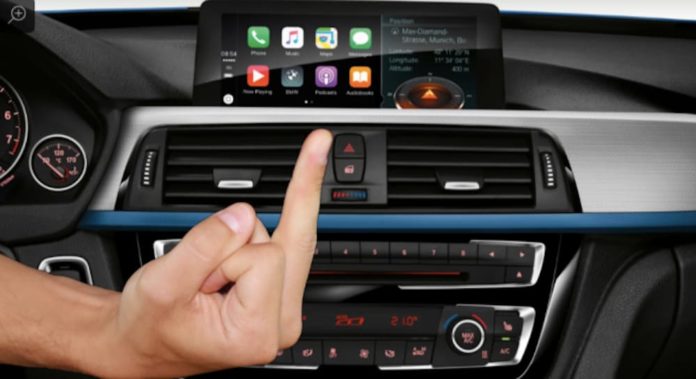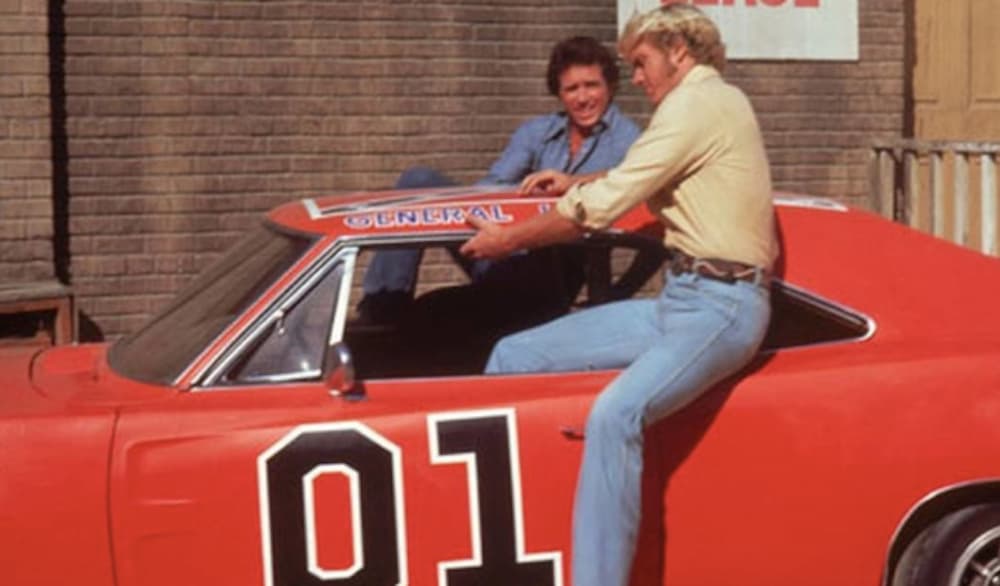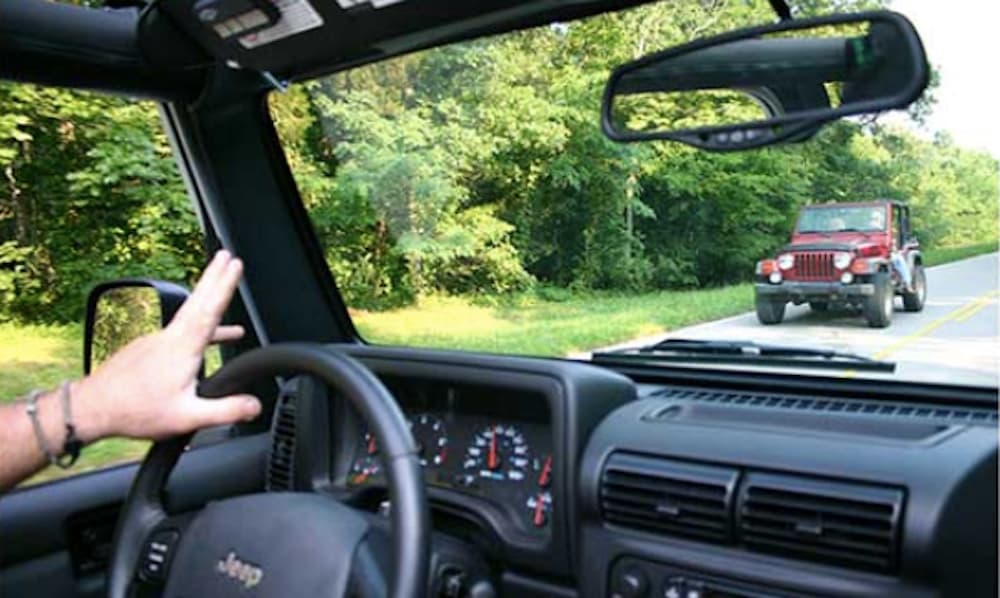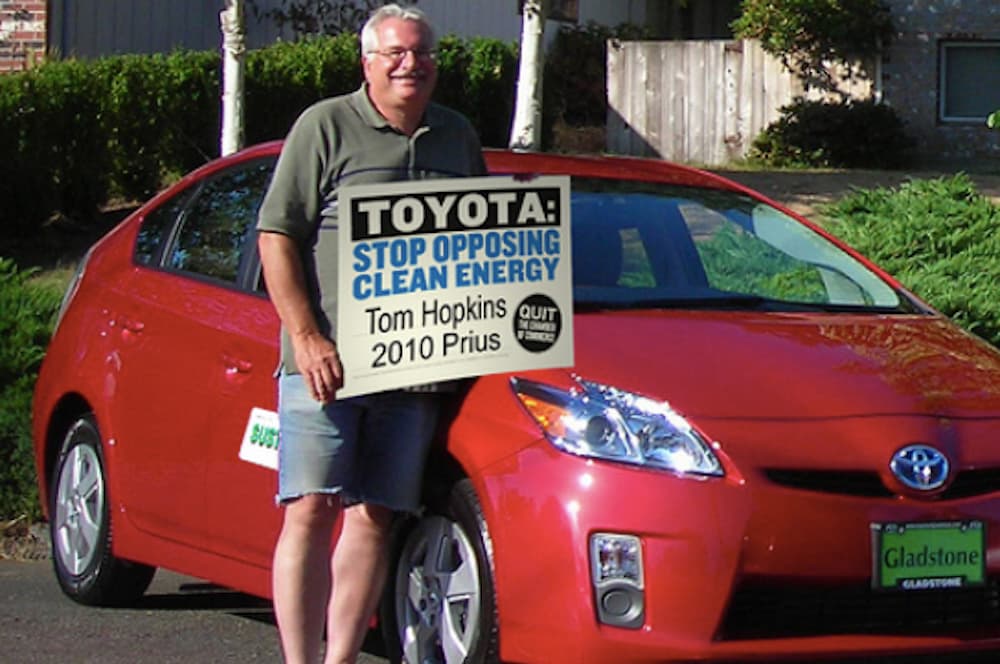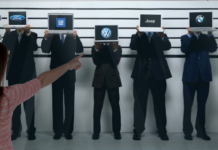In this business, live auto news headlines can present themselves in a wide variety of forms. Most are focused on a particular model, consisting of development updates, reviews, or providing a breakdown of performance attributes or specs. Others offer valuable insights, based around an individual automaker or of the industry as a whole. But every once in awhile, a story comes along that leaves you confused.
That was certainly the case this week when BMW announced that Apple CarPlay (Apple’s proprietary technology which makes vehicles compatible with iPhone connective technologies) would be offered as a subscription service beginning in 2019. At $80/month for a year of service, or $300 flat for a head-scratching 240 month (yes, 20-year) subscription this less-than-subtle cash grab seems like one of the more bizarre revenue strategies out there…especially since Apple CarPlay (along with Android Auto) are predominantly free services.
Which got us here at The Lemon thinking. Sure, technology and subscription services are relatively new in the grand scheme of society but, with over a century of automotive progress behind us, there must be other examples of missteps where automakers attempted to charge customers for something ridiculous.
- In 1979, Dukes of Hazzard ranked among the most popular series on television. Featuring the iconic and beloved ‘General Lee’, a1969 Dodge Charger with welded doors, accessible only through the windows, kids everywhere began to slide across the hoods and climb in and out of the windows of their parent’s cars. Unfortunately, the Charger had been rested from 1978-1982 meaning that Dodge couldn’t capitalize on the trend. But in 1982, when the Charger was revived as a subcompact hatchback, Dodge actually considered up-charging customers for door handles. And it might have worked too, if anyone actually wanted to climb into an early 1980’s Charger.
- Since 1997, 2002 ranked as Jeep’s worst year in terms of sales. Looking for any revenue stream they could find in order to offset the loss, FCA actually attempted to implement a ‘Jeep Wave Tax’. That’s right; there was talk of installing a sensor in all Wrangler models that would debit the driver’s checking account for each and every ‘Jeep Wave’ offered by the driver. It was later decided this idea might be harmful to Jeep Culture, so it was decided that the debit would occur if they DIDN’T offer a wave – with an added surcharge for any time they didn’t return a wave offered by another Jeep driver. It was later decided this was stupid because Jeeps and technology don’t go together anyway.
- But while Jeep had it rough in 2002, Toyota was about to make bank with the global introduction of the Prius hybrid. Ushering in a new era of more sustainable transportation, Toyota found themselves appealing to an entirely new demographic, that of the pretentious ecologically-minded elitist. Empowering Prius owners to finally distinguish themselves from the lesser heathen caste of combustion-sniffers, it was a powerful reminder of what good people they were. Which is why, from 2003-2008, the Prius featured early AI software, developed by none other than Apple. That’s right. Pre-Siri, Prius owners could drive from Point A to Point B, accompanied by a disembodied voice that reminded them – in no uncertain terms – that “You ARE a good person” along with over 300 other various affirmations.
- And speaking of Toyota, Some of you might remember that the 2006 Toyota Camry was unique in that the base trim model didn’t even come with tires or even wheels. Due to an almost inexplicable clerical error, Toyota failed to factor wheel/tire material and assembly costs into the overall cost for that model year. At an approximate cost of $199.99 per wheel, plus $129.99 per tire for bargain-basement materials – this meant an up-charge of over $1300 plus labor just to get wheels on your brand new Toyota Camry. Even more troubling were the costs of reported underbody repairs for countless Camry customers who attempted driving off without wheels or tires, because Back to the Future II had convinced them that flying cars were coming soon.
Do you remember any of these? We do. But we also remember how all of them failed. While there’s nothing wrong with paying a premium, there has to be something worthwhile to be received in return. And it should never be a product or service that could otherwise be received at a lesser cost, or at no charge at all. That’s Economics 101. Supply and Demand. Shame on you, BMW.


